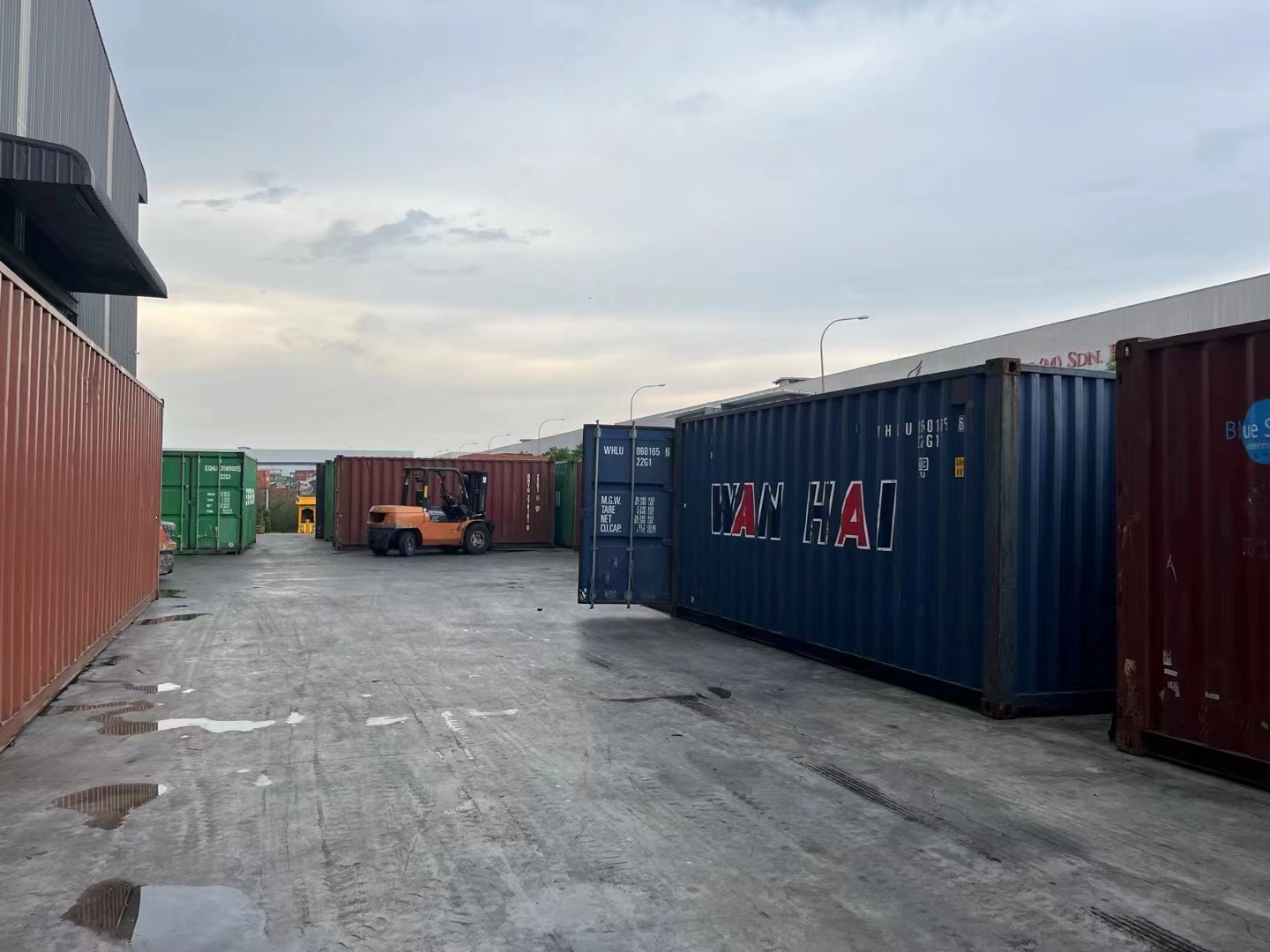Cargo Ship Price Sea Freight Drop Ship Guangzhou Warehouse Shipping Agent Customs Clearance Sea Freight From Xiamen to Jakarta,Semarang,Surabaya,Indonesia
Overview of Sea Freight Services
| Service Type | Benefits | Scenarios for Use |
|---|---|---|
| FCL (Full Container Load) | Lower cost per unit, reduced risk, faster transit | Large volumes, e.g., 1000 laptops by an electronics company |
| LCL (Less than Container Load) | Lower upfront costs, flexibility | Smaller shipments, e.g., 50 boxes of clothing by a small business |
| RORO (Roll-on/Roll-off) | Ease of loading/unloading, cost efficiency | Vehicles and machinery, e.g., bulldozers by a construction company |
| Bulk Shipping | High-volume capacity, cost efficiency | Unpackaged goods, e.g., 50,000 tons of wheat by an agricultural exporter |

Sea Freight Shipping Costs from China
Breakdown of Costs
Shipping Rates
Shipping rates are a major component of sea freight costs. These rates depend on the container size (20ft or 40ft) and the distance between the origin and destination ports. For example, shipping a 40ft container from Shanghai to Los Angeles can cost between $2,000 to $3,000 depending on market conditions.
Customs Duties and Taxes
Customs duties and taxes are levied by the destination country. These costs vary based on the type of goods and their declared value. For instance, importing electronics into the US incurs a duty of around 5-10% of the shipment value.
Insurance
Insurance protects your goods against loss or damage during transit. The cost of insurance is typically around 0.3% to 0.5% of the cargo’s value. For high-value items, such as electronics or machinery, investing in insurance is crucial to mitigate risks.
Handling and Logistics Fees
Handling and logistics fees cover the costs of loading, unloading, and transporting goods within ports. These fees can range from $300 to $500 per container and include services like terminal handling charges and documentation fees.
Factors Influencing Costs
Weight and Volume
The weight and volume of your shipment significantly impact costs. Heavier and bulkier shipments incur higher fees. For example, a shipment of industrial machinery will cost more than a container of textiles due to its weight and size.
Destination Port Fees
Different ports have varying fee structures. Destination port fees can include charges for customs clearance, storage, and delivery. Ports with higher traffic, like Los Angeles, might have higher fees compared to smaller ports.
Seasonal Variations
Shipping costs can fluctuate based on seasonal demand. During peak seasons, like the holiday period or Chinese New Year, rates can increase by 20-30% due to higher demand for shipping services.
Cost-Saving Tips
Consolidating Shipments
Consolidating smaller shipments into one full container load (FCL) can save costs. This reduces the per-unit shipping rate and minimizes handling fees. For example, combining shipments from multiple suppliers into one container can lead to significant savings.
Choosing the Right Incoterm
Selecting the appropriate Incoterm can impact overall costs. Incoterms like FOB (Free on Board) or EXW (Ex Works) clearly define the cost responsibilities between the buyer and seller, helping avoid unexpected expenses.
Negotiating Rates with Freight Forwarders
Negotiating rates with multiple freight forwarders can lead to better deals. Establishing a long-term relationship with a reliable forwarder can also result in discounts and preferential rates. For instance, securing a contract for regular shipments can reduce per-shipment costs by up to 15%.
-
RELATED NEWS